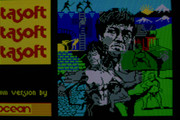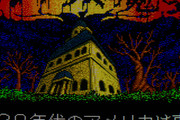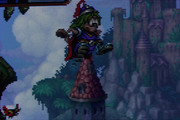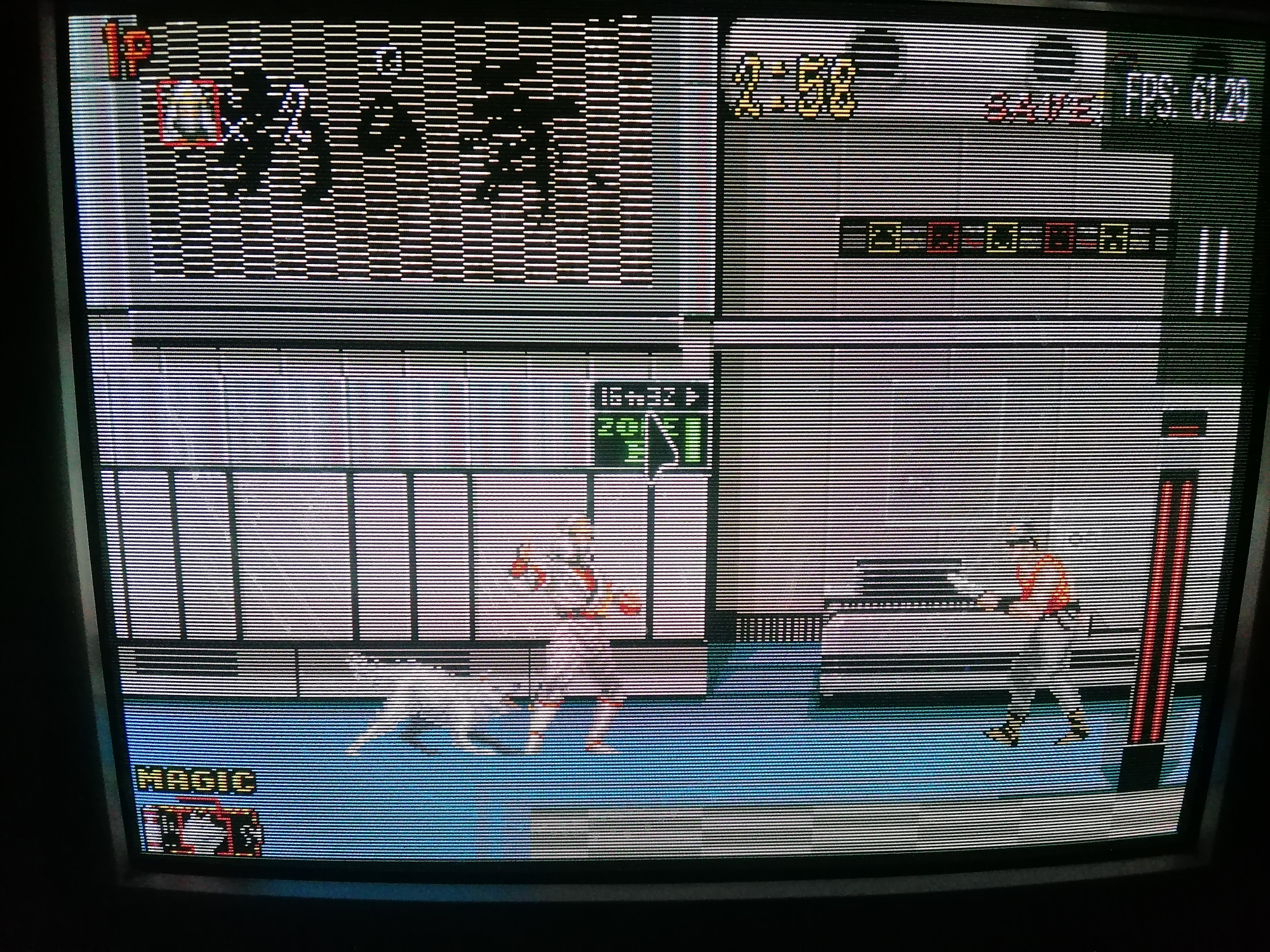Belated “thanks!” to everybody for nice comments regarding the collection. I’ve been rather busy with IRL and my other projects, also away from my hardware for nearly a year so didn’t have time to update and expand it properly, as originally intended. I’ve been back at it for the last two months though and hopefully the new version will be available somewhere early next year (with more TV set variety and more close-ups)
Here’s a sneak preview:




As for noting the settings, you can always check the exif data of individual images (that said I’ve recently settled for mostly using ISO 160 / f22/ 0.3s template using Canon 6D + EF 50mm 1.8). I also include a lot of RAW files, so you can try to develop them better. Aiming for colour accuracy is a nightmare (especially taking full screen photos) and the whole calibration thing way over my head/wallet, so I usually just settle for the “eyeballing-nearest” kinda style.
I’m also always on the lookout for contributions, especially the machines/TVs which arent’ in the collection already (even though I’ve acquired much more hardware since v0.1). Most wanted atm
are photos of Commodore and arcade monitors, als original NeoGeo consoles (and some more obscure ones).














































